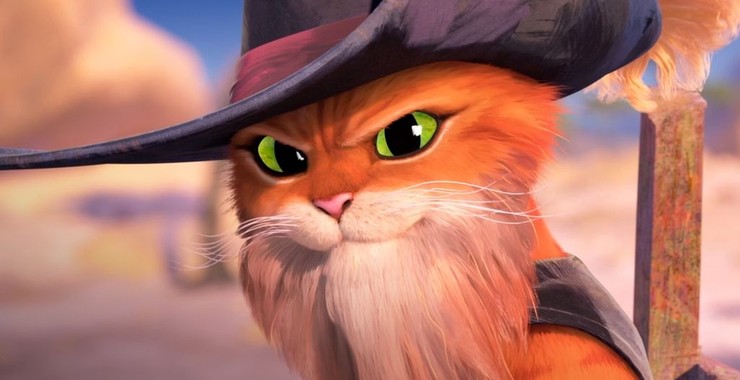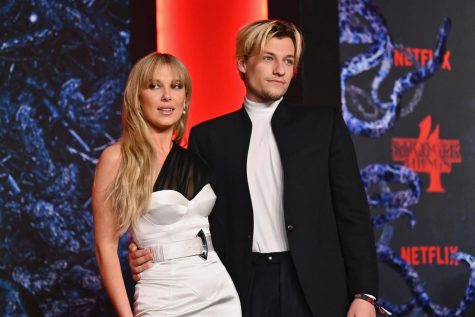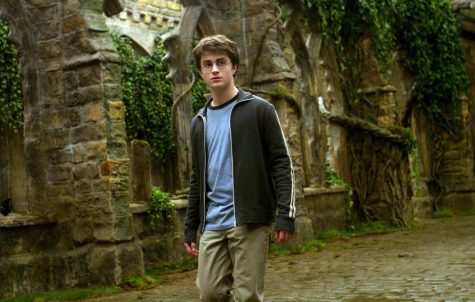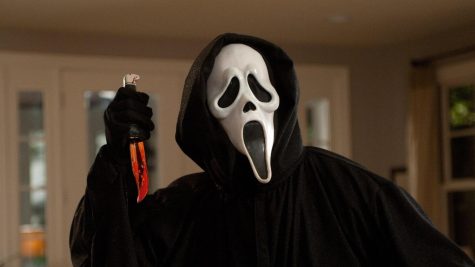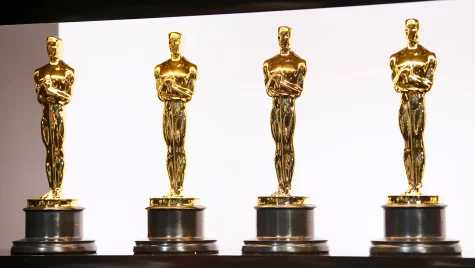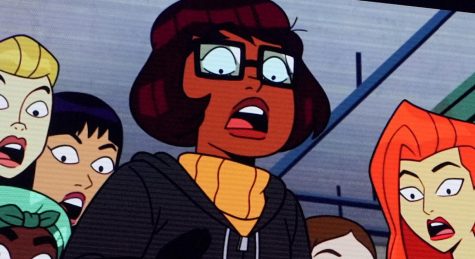A ‘Puss in Boots: The Last Wish’ Review and Analysis
“Puss in Boots: The Last Wish” is the latest Dreamworks animated film released late last year on Dec. 21. It continues the story of Puss in Boots that first appeared in the “Shrek” franchise (chronologically, however, Puss in Boots originates from the 2011 prequel film that was released after the “Shrek” movies).
With Antonio Banderas returning as the voice-actor for Puss in Boots after 11 years, the adventurous feline protagonist is illuminated by another inspiring journey to awe moviegoers with vibrant scenes, spirited soundtracks and songs, and worldly themes. Under the layer of fantasy and action, “The Last Wish” poses an important question of how to live one’s life with death at the end of the road.
The prevailing fairytale universe boisterously reintroduces Puss in Boots as a wild, carefree entertainer, above fear and hesitation. When encountered by a stone giant adversary, Puss reminds viewers of his stunning image of daring and immortality as he takes the goliath down in a series of calculated, nimble moves – however, at the cost of his life in the process.
When he comes to, a doctor brings grim news: of his nine lives, he is on his last. The grim reaper, characterized as the big, bad wolf, begins the hunt to end Puss’ last life. With deep, shattering fear for the first time in his life, Puss flees.
In shame, he takes refuge in an old woman’s shelter for cats. He relinquishes his reputation, deprived of honor and purpose. Over many days and nights, Puss is reduced to nothing more than a mundane animal, indistinguishable from the others except for the fact that, of course, he can talk – an entertaining example of what happens to those that quiver and crumble under death’s murderous gaze. Puss is followed endlessly by an earnest, ragged-looking dog whose only wish is to have a companion.
In order to recover his former self, Puss, with Perrito the dog, must pursue the legend of a wishing star with the prospect of regaining his eight lost lives. Along the way, he competes with Goldilocks and the three bears, Kitty Softpaws, a returning character from the 2011 “Puss in Boots,” and Little Jack Horner, who all have their own wishes in mind.
Eventually allying with Kitty Softpaws, Puss gradually comes to a higher understanding of who he should be. He finds that there may be something perhaps even greater than what his original wish was: the close camaraderie of his two friends. By the end, with a new perspective, Puss realizes that extending his life is not the way to be able to fully experience the world; rather, it is his own mortality that gives him the grounded humility to discover beauty and adventure even in small things.
Alejandro Velez (12) comments, “The beautiful art and animation alone make the film worth a watch, with stylistic choices that create vibrant fight scenes. The villains are intimidating yet lovable while the heroes possess great charisma and chemistry together. Overall, ‘Puss in Boots’ exceeded my already high expectations…as one of my all-time favorites.”
“The Last Wish” has gained much attention for toppling the Rotten Tomatoes ratings of “Avatar: The Way of Water” in both the critic and audience categories. While “The Way of Water” stands at 77% and 92%, respectively, “The Last Wish” surpasses them with 95% and 93%. Balancing comic relief and dramatic tensions through its grand premise and greater animation, “The Last Wish” indubitably shatters the expectations of many viewers.

Aidan is a senior at Aliso Niguel High School. While it is his first year joining the Growling Wolverine Newspaper, Aidan is excited to bring his writing...
